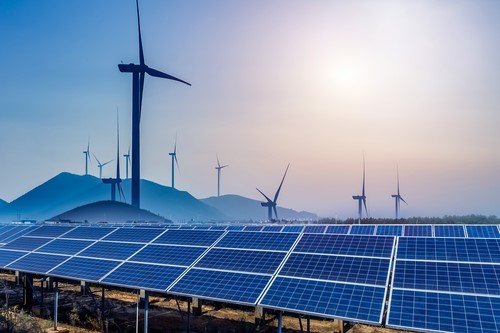Former DOE USec: GEA-2 Not A Failure
- October 20, 2023
- 0

Despite the low turnout of the second round of the Green Energy Auction Program (GEA-2), former Energy Undersecretary Atty. Jay Layug said that the low turnout was not a “failure” because it signaled that the country needs renewable energy (RE) and is willing to wager on it.
“I don’t necessarily vi
The former Department of Energy (DOE) Undersecretary further explained that in the last ten years, only 2,500 megawatts (MW) of power plants were produced compared to the 3,500 MW produced within 3 years.
Layug said that there is still potential for further improvements to be applied in the next GEAP because key stakeholders and investors have expressed concern about things like extremely high-performance bonds, administrative challenges, and the availability of transmission lines.
He pointed out two important factors that should be considered in improving the GEAP: the gear price and the assurance in the transmission line and infrastructure. If the GEAP can offer a much better price, it can fill up the 11 gigawatts next year.
As for the transmission lines, the only way the investors are going to finance is if they are assured if problems arise. Should incidents occur, the DOE should ensure that if the delay is to happen, it would be considered ‘Force Majeure’ to ease the concerns of the shareholders.
The former undersecretary also highlighted the technologies that would be playing a role in the next GEAP such as offshore wind offering a capacity of 72 GW. Floating solar is also an option since it would not invade agricultural spaces, though this is still subject to an Environmental Compliance Certificate (ECC) to safeguard marine resources.
“And one of the things we need to be very careful and very calibrated on about is to make sure that as we put more renewables in the system, alam mo naman renewables intermittent or variable. So solar nandiyan lang during the day. Ang wind sa hapon lang. So we have to make sure that we’re able to balance that off with base load.” Layug added.